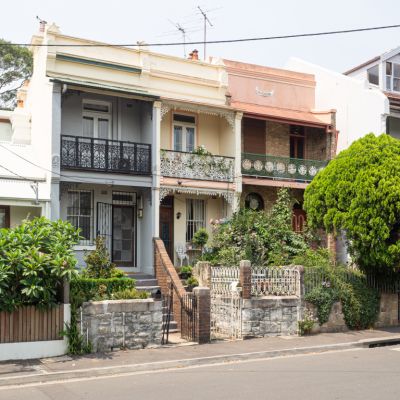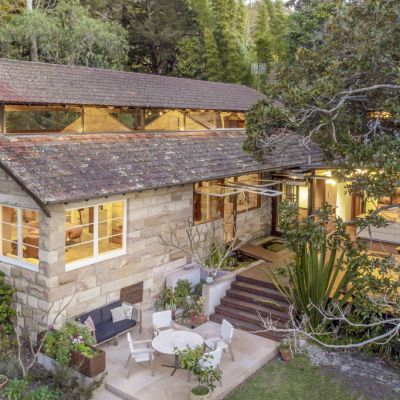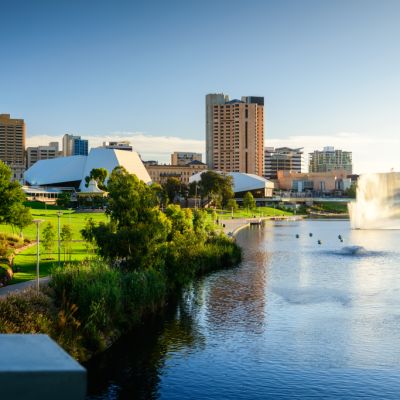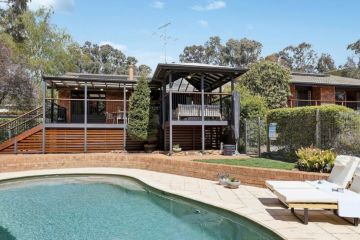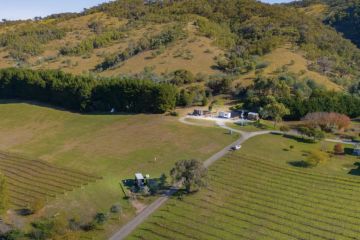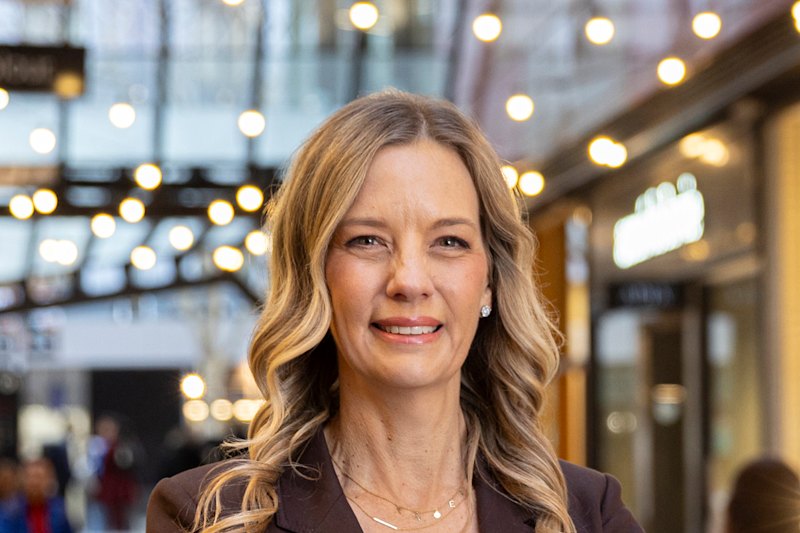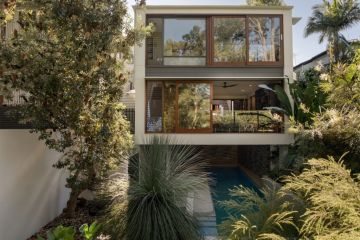Why there's never been a better time invest in Tassie's thriving property market
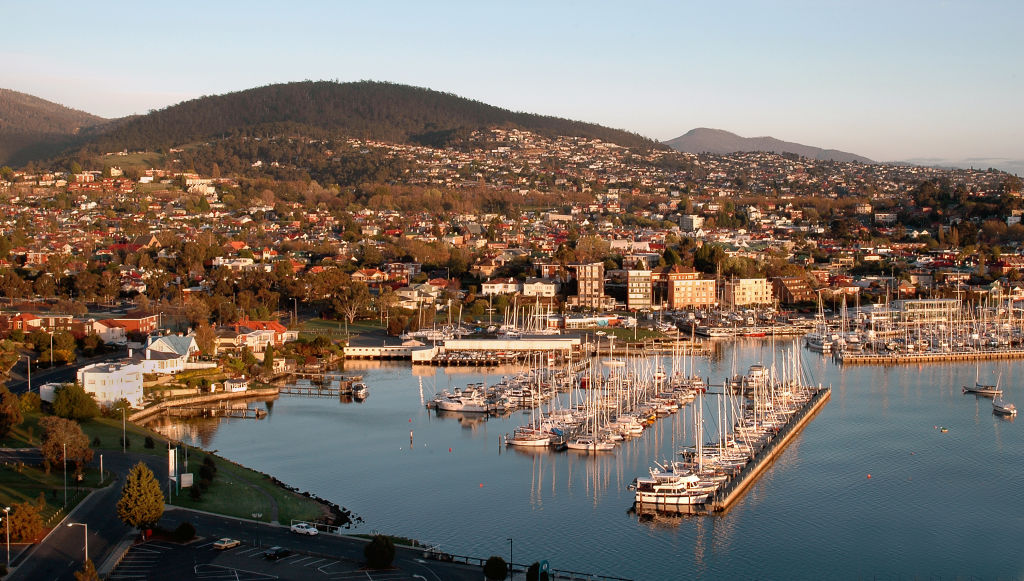
Every morning, when Real Estate Institute of Australia president Adrian Kelly arrives at his desk in Hobart, he has a massive backlog of emails to go through from the night before, sent from all around Australia and overseas.
The message in all of them is identical: we want to buy a property in Tasmania, and could you advise us?
So, when people wonder whether they’ve maybe missed out on the real estate boom on the Apple Isle – with median house prices already having risen 28.4 per cent in Hobart over the past year, and in the rest of Tasmania by a very handsome 26 per cent, according to Domain figures – Kelly just laughs.
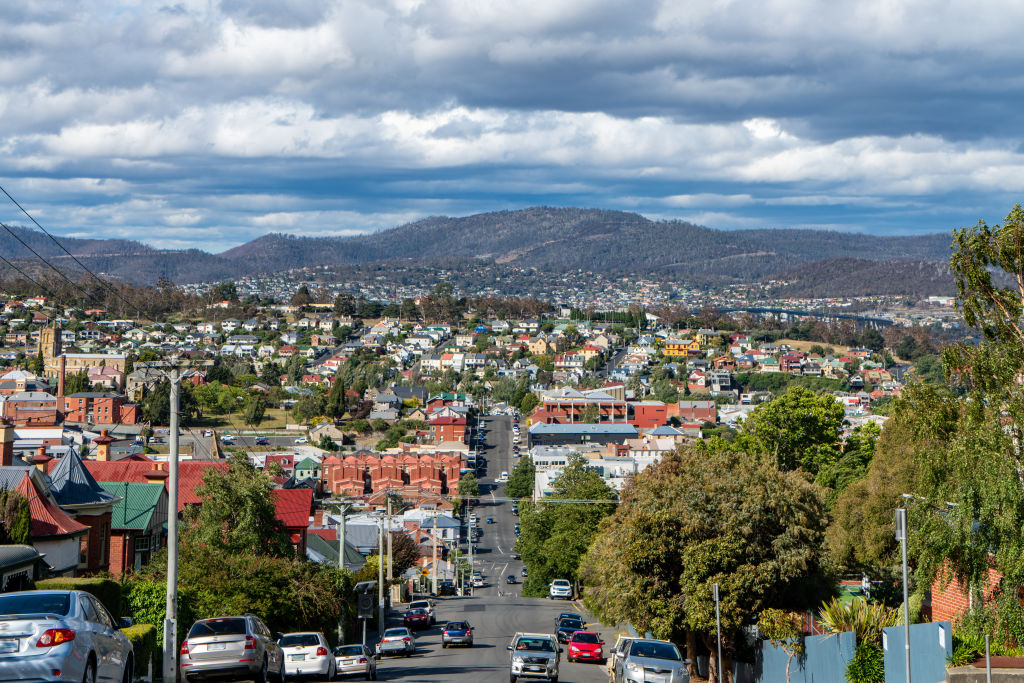
“We’ve had enormous growth in property values and sale prices, but that’s still continuing right now,” he says.
“And there are so many more people who still want to buy a piece of Tasmania. With demand for homes still so high, prices are going to rise further yet.”
“We’re simply not building enough homes to keep up with demand. Now Tasmania has been discovered by the rest of the world too – and is still relatively affordable compared to many other places, and is so accessible to the mainland – it’s going to continue to be an excellent investment prospect.”
All the big indicators are certainly looking good for investing in residential property in our smallest state.
As well as that formidable capital growth, in Hobart, the median house price looks affordable at $646,301, house rents have risen 10 per cent in the past 12 months, and unit rents 5.3 per cent, while rental vacancy rates are at a very slim 0.5 per cent.
In Launceston, they’re not much higher at 0.7 per cent.
In addition, as well as being almost untouched by the COVID-19 epidemic and having an enviable clean and green reputation, Tasmania has just been named one of the top five places in the world to seek safe haven during a global societal collapse.
A UK study published in the journal Sustainability ranked it right up there with New Zealand, Iceland, Ireland and the UK.
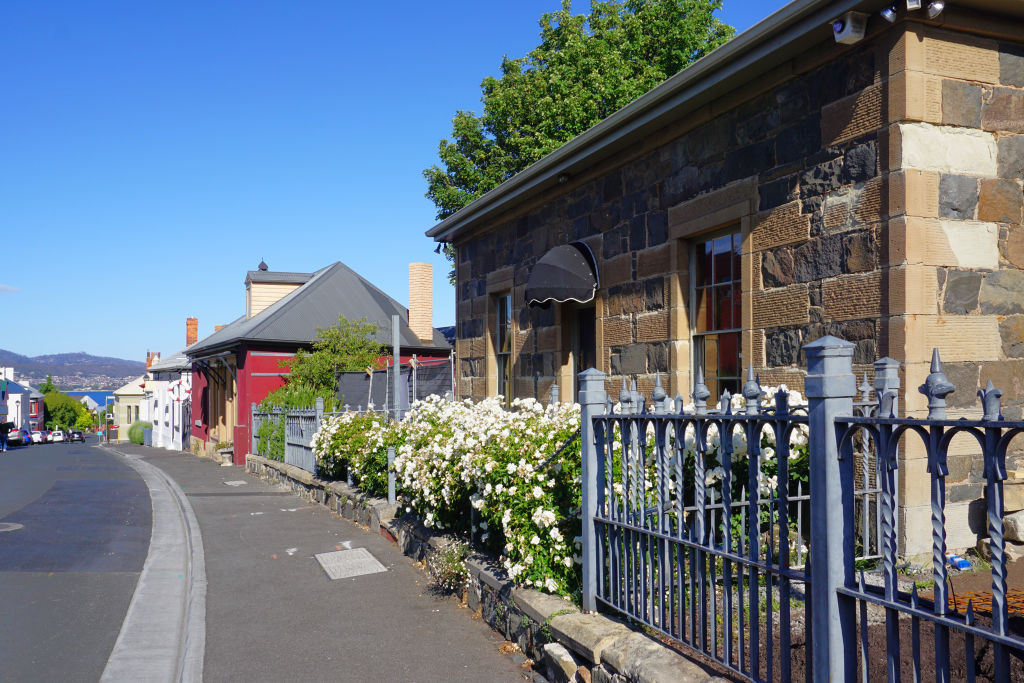
“There is the potential for Tasmania to continue being a real people magnet for a long time to come with the attention on climate change,” says Hobart-based economist Saul Eslake.
“There’s increased building going on, but it’s slow, and the demand for housing continues to grow at a more rapid rate.
“But Tasmania does need to fix its problems with having the worst education system in Australia to keep attracting parents with kids, and the worst hospital system to keep them going at the other end of life.”
Another hurdle investors may encounter is high land tax, says Louise Elliot, president of the Tasmanian Residential Rental Property Owners Association.
While the state government has announced an increase in land tax thresholds to reflect the strong property market, it’s still comparatively higher than in many other states.
“The tax was set when property here was cheap,” she says.
“So, that can be a shock for the 20 per cent of our house-buyers who come from interstate. But outside of the main cities, there can be some very good buying too, in places like Queenstown, Derby and Maydena.”
We recommend
We thought you might like
States
Capital Cities
Capital Cities - Rentals
Popular Areas
Allhomes
More
